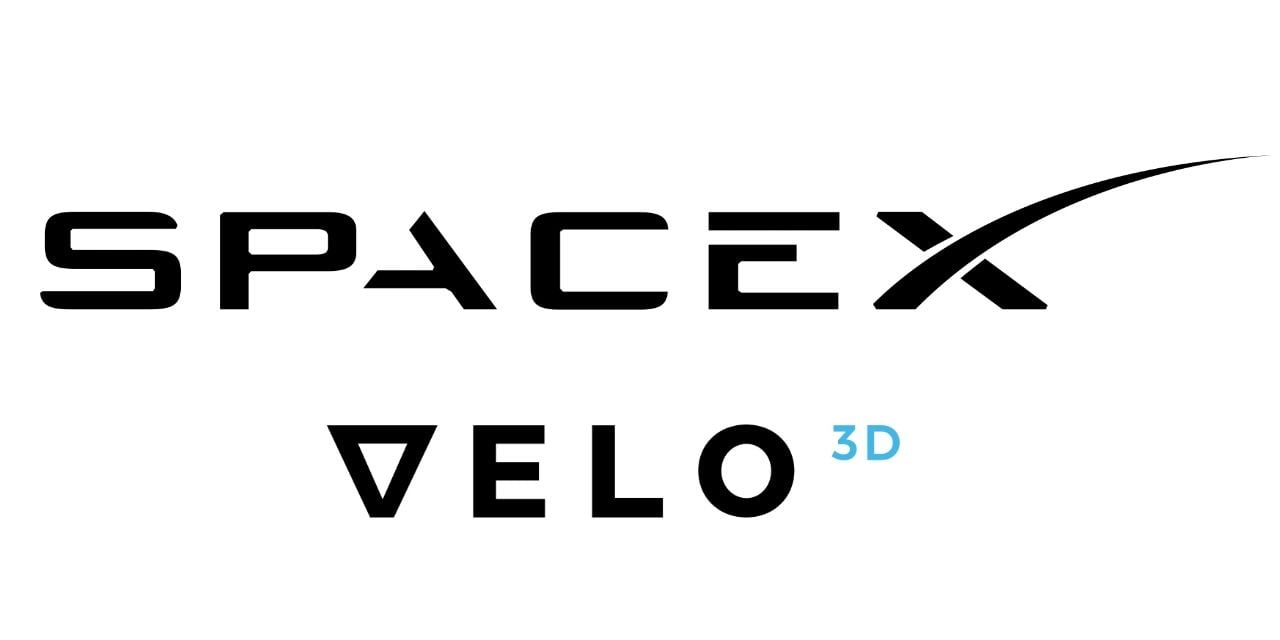
As I expected, SpaceX has come to the rescue of Velo3D — or did they?
The fate of Velo3D is in the balance, as the company’s valuation has plummeted over 99% in the time they’ve been a publicly-traded company. Their valuation has dropped so low that they were delisted from the NYSE, and now trade on the over-the-counter markets.
This is a state that no big company should remain in for very long, and fears for the company’s survival have been discussed among industry insiders.
The most surprising thing is what hasn’t happened: With multiple other large 3D print companies seeking mergers and acquisitions, none have bitten on the bargain-priced Velo3D. Velo3D has good technology, and customers, but even at the rock-bottom price of only US$5M, no other 3D print player seems willing to take them on.
Earlier this week Stratasys announced the intent to spend US$50M (10X Velo3D’s value) on buying back their own shares. In other words, they’d rather buy their own shares than Velo3D’s.
SpaceX and Velo3D
With no 3D company apparently willing to take on Velo3D, my thought was that one of Velo3D’s customers might want to scoop them up in order to prevent loss of the technology in their operations. Velo3D’s premier customer happens to be SpaceX, which uses a large quantity of Velo3D’s Sapphire metal 3D printer to produce their highly advanced rocket engines.
If Velo3D were to fail, then SpaceX would have an enormous amount of work to do. They’d have to source another metal 3D print technology, obtain training, spend considerable time tuning the print parameters to achieve the incredibly high performance required, and possibly certify parts with regulatory agencies. And this would have to be done for ALL the parts they’re currently using. The work required to switch to an alternative metal 3D print technology would far exceed the price to acquire Velo3D at US$5M.
SpaceX Licenses Velo3D Technology
An arrangement between SpaceX and Velo3D was revealed in a document filed only a day after Velo3D announced they were delisted from the NYSE. Neither company issued a proper press release, but documentation was filed with the SEC for public viewing.
The arrangement is NOT a takeover of Velo3D. Instead it is a curious arrangement about the technology and services. What’s in the deal? Let’s take a look.
SpaceX will provide Velo3D with two US$2.5M payments, plus an additional US$3M for specific services provided.
Velo3D will provide SpaceX with a special right to use their technology. The contract describes it this way:
“VELO3D grants SPACEX a worldwide, non-exclusive, royalty-free, perpetual, irrevocable, non-transferable, non-sublicensable license under its IP rights in the Velo3D Technology to make, have made, use, import, export, copy, reproduce, create derivative works of, integrate, modify, distribute internally and otherwise develop the VELO3D Technology, in existence as of the Effective Date, and any Improvements thereto made by VELO3D within 12 months after the Effective Date, in each case, solely for the internal operations of SPACEX for the Business.”
In addition, there are words describing what happens in the case of Velo3D’s possible bankruptcy. The wording suggests that SpaceX would retain the rights to use the technology, and would be entitled to a “complete duplicate” of the intellectual property.
SpaceX / Velo3D Outcomes
What to make from all of this?
For Velo3D, it provides them a relatively small amount of money (US$8M in total), which would be used to cover off debts and operating costs. It does not appear this cash would be sufficient to keep Velo3D operating in the long term.
For SpaceX, things are more interesting. They’re in a bit of a bind, with their key supplier apparently in some trouble. They absolutely need that technology to be available, otherwise all their project timelines will be severely affected.
SpaceX could have simply purchased Velo3D, but are not doing so at this time. The deal seems to be a short-term arrangement between the parties.
It may be that SpaceX could still acquire Velo3D, but requires more time to figure out the details, and has fears that Velo3D may expire before that can happen. This deal would provide more runway to finalize a full acquisition. That’s one possibility, but there are others.
Another possibility is that SpaceX believes it can take on the technology and run the equipment themselves, even if Velo3D disappears. The arrangement involves SpaceX receiving a copy of the intellectual property, and the services provided could include training SpaceX staff on the material. If that’s the case, then even if Velo3D failed, SpaceX would continue to operate the Sapphire 3D printers internally without much issue.
Of course, spare parts for the Sapphire machines would eventually be a problem, but the move would allow much more time for SpaceX to migrate operations to another metal 3D printer manufacturer’s technology. The Velo3D technology would be ultimately retired in that scenario.
What of Velo3D? It remains to be seen what will happen. We do know that Velo3D has some valuable technology, particularly in their recoating system. That should be of interest to other metal 3D printer manufacturers, so we may yet see more deals of this nature emerge in the next while.
Via EDGAR
